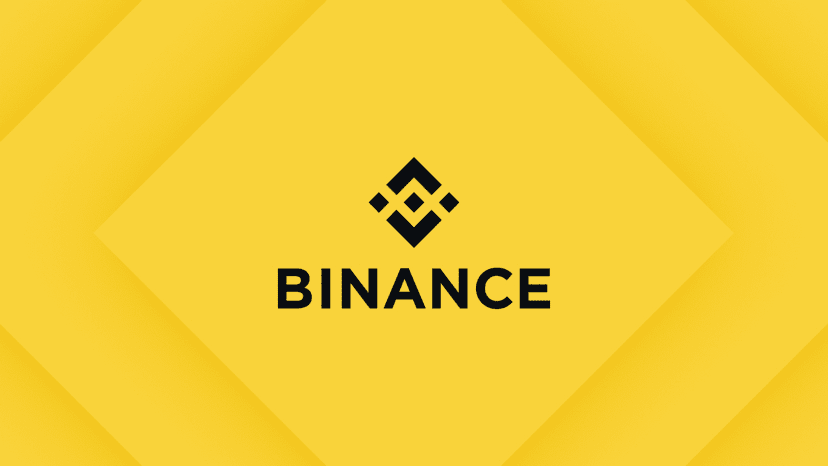
Cryptocurrencies have transformed global finance, but one question remains constant: can cryptocurrencies be hacked? Although blockchain technology relies on advanced cryptography, vulnerabilities can still exist—especially at the user level and on exchange platforms. In this article, we will explore how attacks occur, how to protect your digital assets, and whether Binance, one of the largest cryptocurrency exchanges in the world, remains safe in 2025.
Can cryptocurrencies be hacked?
Blockchain technology, the foundation of all cryptocurrencies, is designed to be secure and tamper-resistant. Each transaction is encrypted and linked to the previous one, forming a chronological chain of verified records. This structure makes it nearly impossible to alter past transactions without changing every subsequent block—an operation that would require enormous computing power.
However, although blockchains are secure, there are other attack vectors. Here are the main ways cryptocurrencies can be compromised:
Theft of private key
Your crypto assets are controlled by a private key—your digital signature. If someone gains access to it, they can freely dispose of your funds. Hackers often steal keys through malware, phishing emails, or compromised devices.Exchange breaches
Centralized exchanges hold large amounts of user funds, making them very attractive targets. A successful attack can lead to the theft of millions in cryptocurrencies if adequate security measures are not in place.Phishing and scams
Hackers often create fake websites or impersonate exchanges and wallet providers to trick users into revealing their login credentials or private keys.51% attacks
Although rare and costly, 51% attacks occur when a group gains control of more than half of the network's computing power. This allows them to rewrite transactions and double-spend. However, on major blockchains like Bitcoin and Ethereum, such attacks are practically impossible due to the network's immense size and costs.
Wallet security: Hot vs Cold Wallet
To securely store cryptocurrencies, it is essential to understand the difference between hot wallets and cold wallets.
Hot Wallet: connected to the internet, allowing for quick transactions but more vulnerable to online attacks.
Cold Wallet: offline storage solutions, such as hardware wallets or paper wallets, provide stronger protection against cyber threats.
For maximum security, experts recommend keeping the majority of funds in cold wallets and using hot wallets only for trading or small transactions.
Is Binance safe in 2025?
In 2025, Binance remains one of the largest and most reliable cryptocurrency exchanges globally. Despite increasing regulatory scrutiny and evolving cyber threats, Binance continues to prioritize user security through advanced systems, transparency, and a proactive risk management strategy.
Here are the main factors that make Binance a secure platform for trading and custody of digital assets:
SAFU Fund – Binance emergency protection
Launched in 2018, Binance's Secure Asset Fund for Users (SAFU) acts as an insurance fund for users in extreme situations such as cyberattacks or security breaches.The SAFU fund has a value of approximately 1 billion dollars (as of 2025).
It is funded by allocating a percentage of trading fees.
It ensures that Binance can compensate users in case of unforeseen losses.
This proactive initiative highlights Binance's commitment to protecting its community and maintaining trust within the industry.Proof of Reserves (PoR) – Transparency and trust
Binance has adopted a Proof of Reserves system to publicly verify that all user assets are fully covered 1:1.
This transparency measure allows users to confirm that Binance holds sufficient reserves to cover all customer balances, further strengthening trust in the exchange's financial integrity.Multi-layered security systems
Binance employs a combination of compliance systems, risk management teams, and wallet segregation to maintain the highest level of security.Cold Wallet Storage: most user assets are stored offline, minimizing exposure to cyber attacks.
Hot Wallet Controls: online wallets are limited and used only to ensure operational liquidity.
24/7 Monitoring: Binance's internal teams continuously analyze activities to detect and block suspicious behavior in real-time.
Advanced account protection
Binance users benefit from a variety of robust security features:Two-factor authentication (2FA) for log-in and withdrawals.
Withdrawal whitelist to limit transfers only to approved addresses.
Anti-phishing codes to avoid fraudulent emails or messages.
Device management to monitor all access to the account.
KYC verification to strengthen compliance and prevent platform abuse.
In addition to technological measures, Binance actively collaborates with law enforcement and other exchanges to combat cybercrime. Its initiatives include:
Detecting and preventing suspicious behavior.
Temporarily suspend or close compromised accounts.
Rewarding users who report fraudulent activity.
Supporting coordinated sector-wide responses after attacks or scams.
These actions demonstrate Binance's leadership in raising global crypto security standards.
Final considerations: Are cryptocurrencies safe in 2025?
Although blockchain technology remains inherently secure, cryptocurrencies are not immune to hacking attempts—especially at the user or exchange level. The best defense is to combine personal security practices (like using hardware wallets and enabling 2FA) and purchasing cryptocurrencies through trusted exchanges like Binance.
In 2025, Binance continues to stand out as one of the safest exchanges thanks to its SAFU fund, Proof of Reserves system, and multi-layered security infrastructure. However, users must remain vigilant as the crypto landscape evolves rapidly and threats become increasingly sophisticated.




